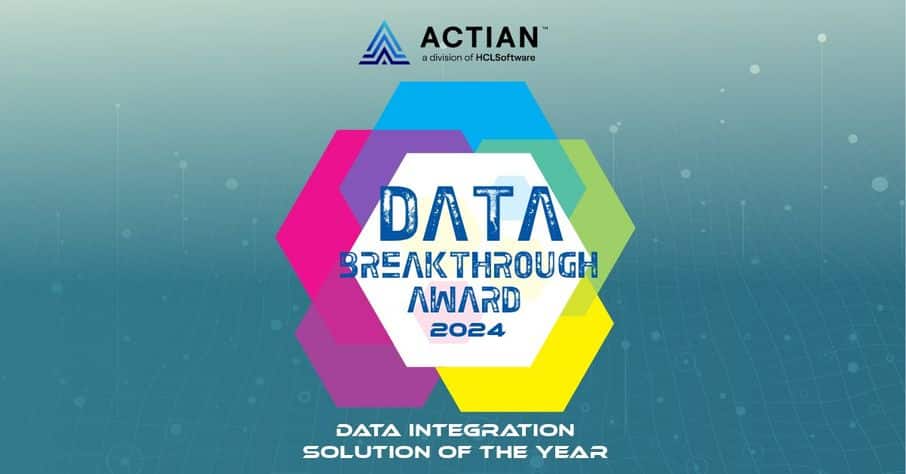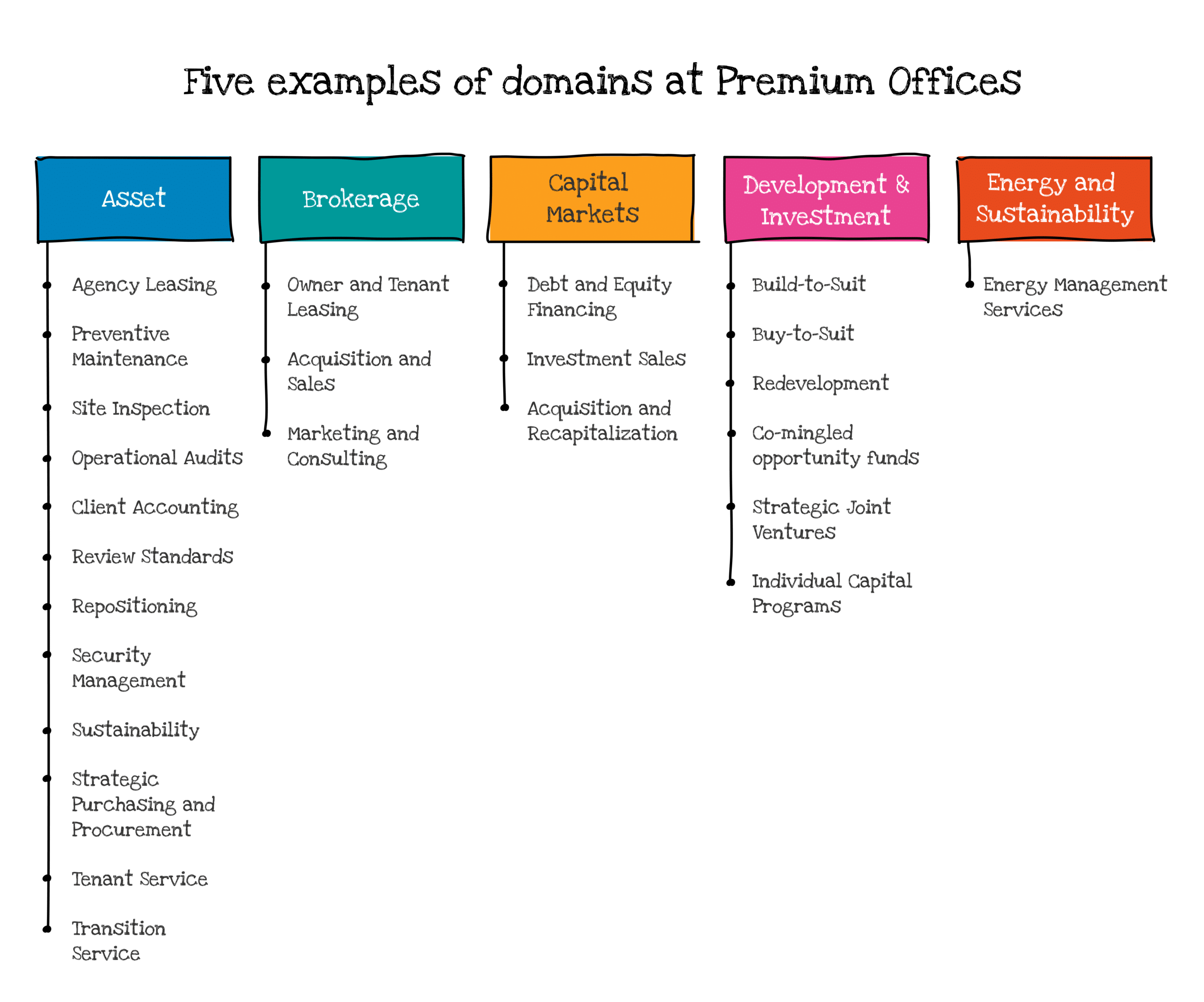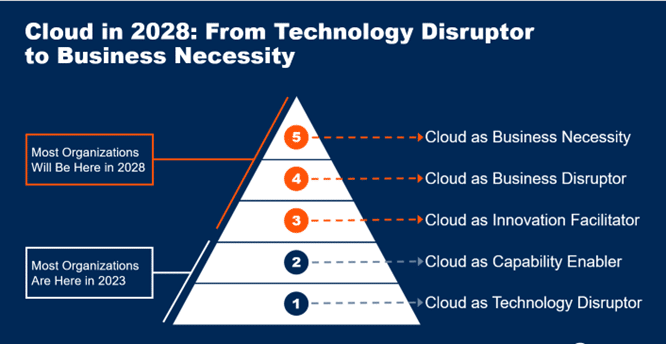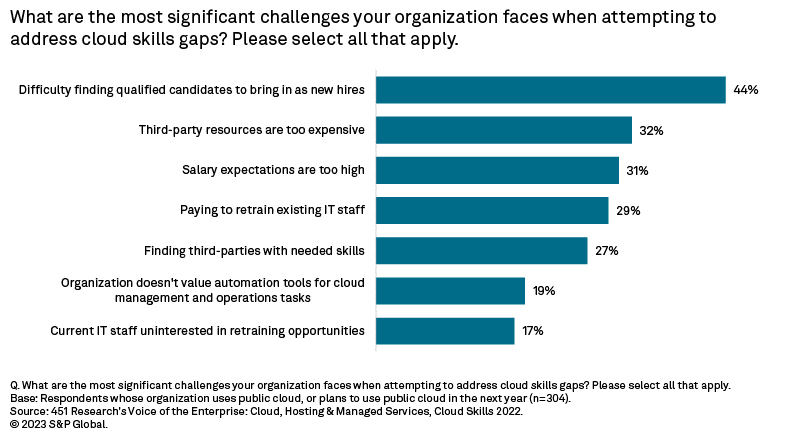Actian Life: Celebrating Our Author and Our SEO Award Winner
Actian Corporation
May 20, 2024

Actian employees Thomas Schweser coauthored a book on graph theory and Ron Weber earned a 2023 SEO Evangelist Edgie award, exemplifying Actian’s culture of innovation.
At Actian, we believe that our employees’ achievements are a strong reflection of our vibrant culture and innovative spirit. That holds true whether employees are making breakthroughs and delivering value in their day jobs or finding success in work-adjacent activities.
Today, we’re proud to shine a spotlight on Thomas Schweser, who co-wrote a book on graph theory called “Brooks’ Theorem,” and Ron Weber, who received BrightEdge’s 2023 SEO Evangelist Edgie award. They showcase employee achievements in two highly competitive areas.
Graph Theory Guru and SEO Maestro
Schweser is a research engineer on Actian’s Vector team based in Ilmenau, Germany. His book, published by Springer, focuses on graph coloring and critical graphics, which are a niche but important area of discrete mathematics.
While graph theory isn’t his primary focus at work, he appreciates its ubiquitous presence in the technology world. “Graphs are everywhere, especially in computer science,” he explains. “They make complex information digestible and help visualize relationships clearly.”
His book offers a valuable resource for those studying or utilizing Brooks’ Theorem—which states a relationship between the maximum degree of a graph and its chromatic number. “The book gives an overview of all the important graph coloring theorems and trends that have occurred over the last decades,” Schweser points out. “It should serve as a nice book if you want to give a college lecture on graph coloring.”
On the U.S. side of the business, Weber is the Senior Director, Web Communications and SEO, for Actian. Based in San Diego, he leads efforts to enable coworkers across the organization to succeed with and leverage SEO-driven content. As soon as he joined Actian a couple years ago, he went right to work on a complete website redesign while creating an aggressive content development schedule and building a formal SEO program from scratch.
The results were immediate and impressive:
- A whopping 96% improvement in Actian content that comes up on the first page in search results because of strong keywords and robust content.
- 33% improvement in second page results, and 51% increase in third page results.
- 7% improvement in website traffic.
- 1% boost in conversion rates.
- Overall increases in website traffic, lead volume, and qualified leads.
“We grew our website traffic exponentially from 2022 to 2023, and again in 2024,” Weber notes. “A lot of it was the content strategy, like insisting that we start developing a lot of reader-friendly content. This is not a surprise—you can’t have SEO without content, and I’ve been advocating for SEO since I got here.”
Pursuing Passions Leads to Successes
Schweser and Weber’s successes are the direct result of pursuing their passions. Weber’s journey into SEO began in the early days of the internet when he was helping clients with website optimization and using paid search engines to drive results. His passion for search engine optimization has only grown since then, which mirrors the importance for Actian to place near the top in internet search results.
“If we think about how we want companies to migrate to Actian, we have to know what they’re searching for and we need to have content around that part of the journey,” he explains. “More than 90% of the customer journey involves companies using search engines, so we need to meet them at every step.”
Weber continues to stay ahead of changes in search engine algorithms that impact page rankings. He enjoys seeing Actian place high in search results that feature specific keywords. “We’re number four right now in a search term against 23 billion results,” he notes. “That to me is a thrill—you get to number four or even number one against millions and millions of index pages—and that excitement never gets old.”
Schweser’s journey to having a book published began in 2015 when he was finishing his bachelor’s thesis. A professor, Michael Stiebitz, shared an early version of the book that he was working on with his colleague Bjarne Toft. That draft served as the starting point for Schweser’s master’s thesis and later his Ph.D. thesis. The three collaborated, gathered examples and papers about the theorem from across decades, and co-authored the book together.
“In 2020, I was asked to join the book as a coauthor, and of course I accepted,” he relates. “A lot of the research that I was dealing with in my PhD thesis also made it into the book.”
Commitments to End Goals Are Validated
The SEO award is particularly gratifying for Weber because it validates his ongoing efforts at Actian. “It’s meaningful because it shows that our strategy works and that our team’s hard work pays off,” he notes.
He challenges himself and his team to continue evolving their strategy to engage and retain website visitors. “Our play is, ‘How do we bring people to our site? How do we engage them with good content? How do we get them to do the thing that we want them to do?’” he explains. “We have to understand how to acquire, convert, and then retain them over time.”
Weber credits the Actian leadership team, especially CMO Jennifer Jackson, for supporting his efforts, including investing in the tools needed to build and measure the success of a modern website. “This is very much their award too,” he says. “When I see our CMO showcase our site, it makes our work very meaningful.”
For Schweser, the book was a culmination of his ongoing interest and research in Brooks’ Theorem. “There was no comprehensive overview of all the recent trends in graph coloring theory,” he points out. “A lot of people were writing papers, but nobody tried to collect all of them, and nobody was trying to figure out the large trends that exist there. That’s what we did with our book.”
Helping the Next Generation of Employees
One area that Schweser and Weber have in common is their enthusiasm for helping students who are about to enter the workforce. Schweser, along with coworkers, works with interns on Actian projects, while Weber is an adjunct professor for content marketing at the University of California, San Diego.
Schweser is excited about mentoring the next generation of tech talent and has helped guide numerous students through hands-on projects that actively contributed to Actian goals and product releases. Over the last year, his office has mentored about 10 students.
“Along with my colleague Steffen Kläbe, I’m responsible for the German student program at Actian,” he says. “We try to find students from the universities who want to do an internship with us or want to write their thesis in collaboration with Actian. I have always enjoyed working with students, and it’s great that Actian offers us the opportunity to continue doing that here.”
Weber also has experience mentoring college students by serving as an adjunct professor. He teaches students about the value of SEO and how to optimize SEO platforms to drive results. In addition, he has experience working with interns and supporting them as they transition to full-time careers.
Many Paths to Innovation
Actian prides itself on innovation. As Schweser and Weber have demonstrated, there are many ways to innovate and drive success. Having a clear strategy, the right resources, and strong backing leads to exceptional results.
Their achievements reflect Actian’s culture of supporting and valuing all employees’ contributions. Employees’ diverse backgrounds and ability to combine different perspectives ultimately enable outstanding solutions. Whether it’s writing and researching graph theory or creating award-winning SEO strategies, Actian employees show how to achieve innovation in their fields.
Subscribe to the Actian Blog
Subscribe to Actian’s blog to get data insights delivered right to you.
- Stay in the know – Get the latest in data analytics pushed directly to your inbox.
- Never miss a post – You’ll receive automatic email updates to let you know when new posts are live.
- It’s all up to you – Change your delivery preferences to suit your needs.
Subscribe
(i.e. sales@..., support@...)


















